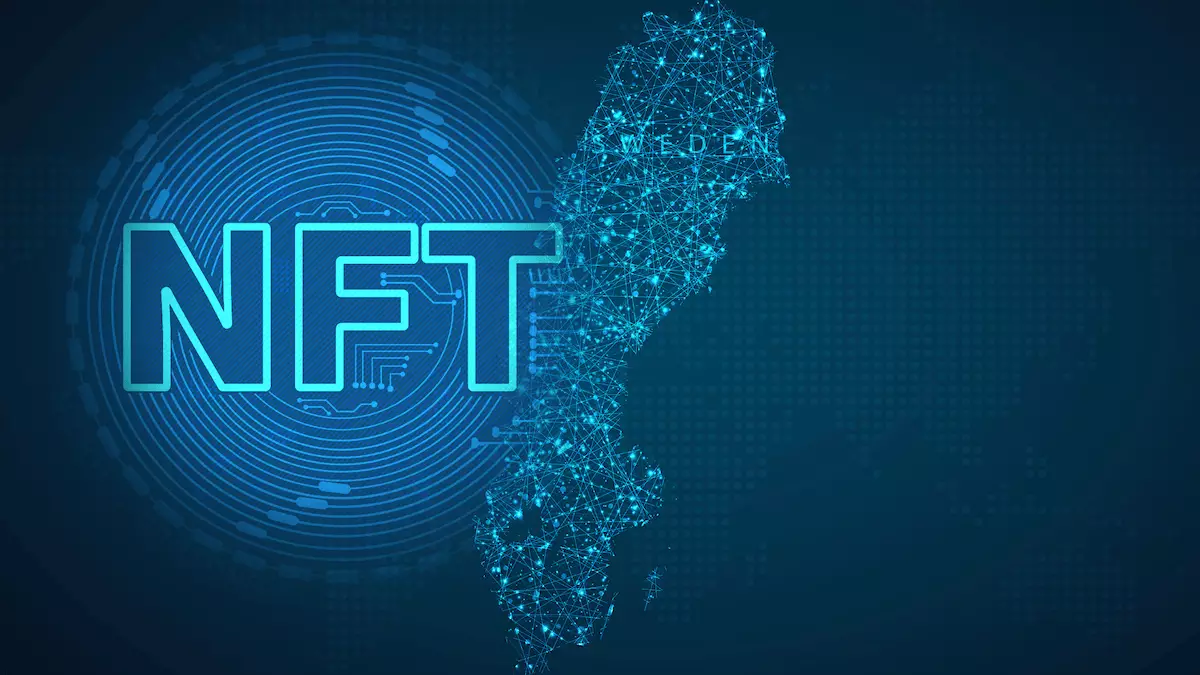Recently, the Swedish tax authority, Skatteverket, made a significant ruling regarding the Value-Added Tax (VAT) treatment of NFTs. The decision was a response to the growing economic importance and interest in NFTs in the digital realm. According to the ruling, the standard 25 percent tax rate applies to NFTs related to digital works. The ruling delves into the components of an NFT transaction, highlighting the ownership rights of the digital work and the NFT itself as essential parts of the transaction. Additionally, the ruling emphasizes that the transaction should be considered as a singular provision rather than multiple transactions for tax purposes. This approach creates a new digital service for VAT considerations, emphasizing the intertwined nature of the digital work and its NFT.
In contrast, the IRS announced its plan to tax certain NFTs as collectibles in 2023. This decision categorizes NFTs based on the nature of the underlying asset they represent, such as art or gems. The IRS’s approach involves a “look-through analysis” to determine if an NFT should be taxed as a collectible by examining what the NFT signifies, akin to a physical gem. However, NFTs representing virtual assets, like land in a metaverse, will not be considered collectibles under this guideline. This nuanced approach to digital asset taxation demonstrates the IRS’s evolving understanding of the NFT market and its complexities.
The rulings from the Swedish tax authority and the IRS showcase contrasting approaches to the taxation of NFTs. While Sweden focuses on treating NFT transactions as a unified service for VAT purposes, the IRS categorizes NFTs based on the nature of the underlying asset they represent. The Swedish approach simplifies the tax treatment by considering the digital work and its NFT as inseparable components of a single transaction. On the other hand, the IRS’s method involves a more detailed analysis to determine the tax classification of an NFT, taking into account the type of asset it represents.
Implications for NFT Market
These contrasting tax treatments have significant implications for the NFT market and its participants. The Swedish ruling provides clarity and a straightforward tax framework for NFT transactions related to digital works. In contrast, the IRS’s approach introduces complexity and uncertainty, especially for NFTs representing virtual assets in digital environments like metaverses. Participants in the NFT market must navigate these divergent tax regimes to ensure compliance and understand the tax implications of their transactions.
The tax treatment of NFTs varies between jurisdictions, as demonstrated by the rulings of the Swedish tax authority and the IRS. These differences underscore the need for a nuanced understanding of the unique characteristics of NFTs and their tax implications. As the NFT market continues to evolve, tax authorities and market participants must adapt to these changes and develop comprehensive tax frameworks that reflect the digital nature of NFT transactions.


Leave a Reply